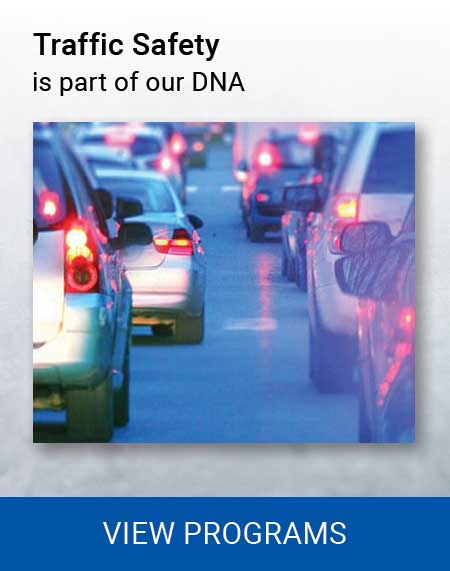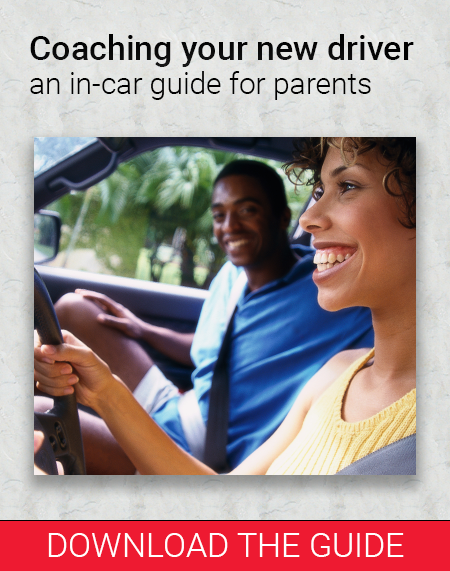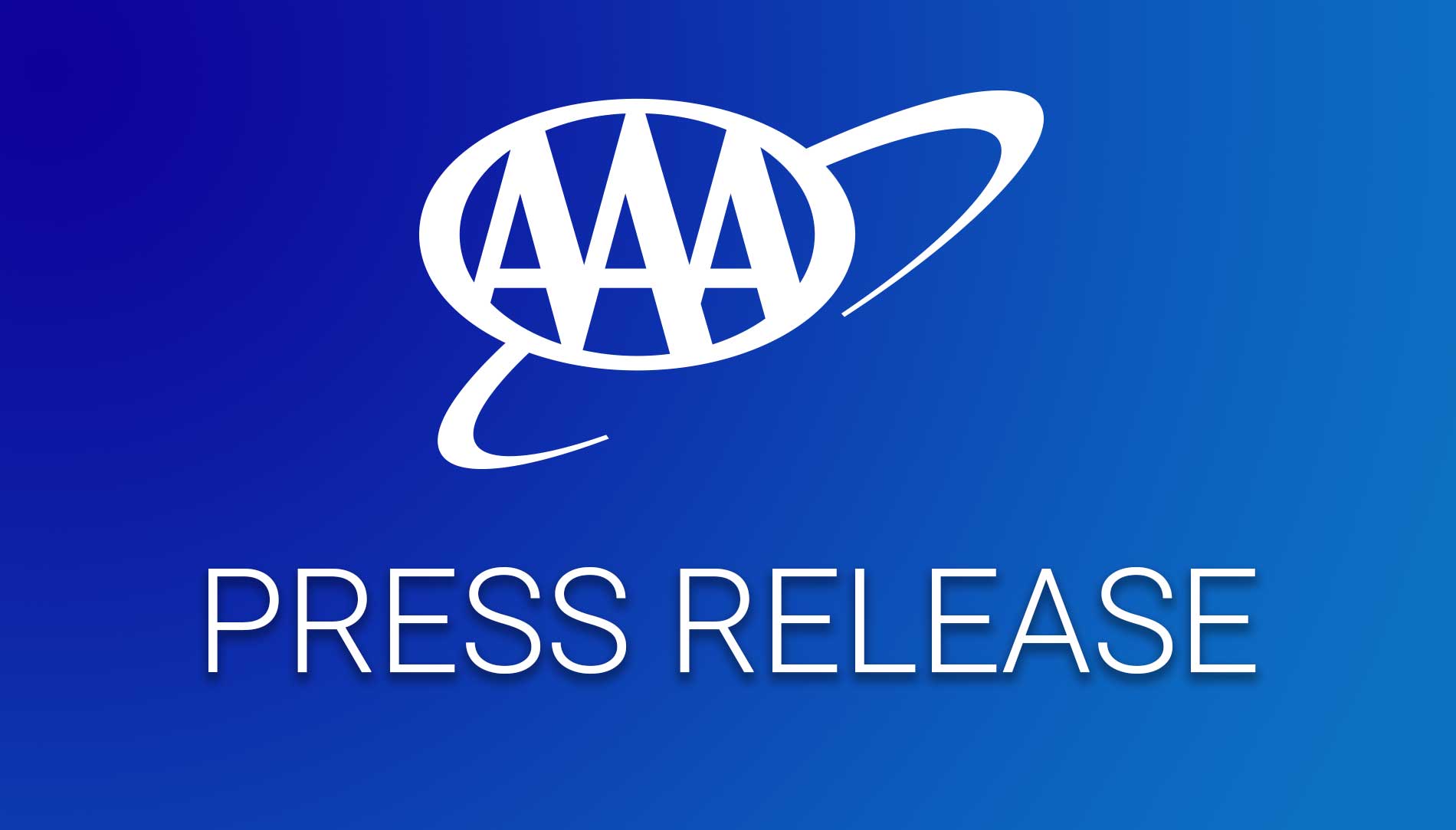AAA Finds Automatic Emergency Braking And Lane Keeping Assistance Performance Impeded By Rain
Downloadable Visuals: B-roll of research testing
BELLEVUE, Wash. — New research from AAA finds that moderate to heavy rain, often experienced in Western Washington, affects a vehicle safety system’s ability to “see” which may result in performance issues. During closed-course testing, AAA simulated rainfall and found those test vehicles equipped with automatic emergency braking traveling at 35 mph collided with a stopped vehicle one-third (33%) of the time. Lane-keeping assistance didn’t fare any better with test vehicles departing their lane 69% of the time. Vehicle safety systems, also known as advanced driver assistance systems or ADAS, are typically evaluated in ideal operating conditions. However, AAA believes testing standards must incorporate real-world conditions that drivers normally encounter.
“Vehicle safety systems rely on sensors and cameras to see road markings, other cars, pedestrians and roadway obstacles. So, naturally they are more vulnerable to environmental factors like rain,” said Greg Brannon, AAA’s director of automotive engineering and industry relations. “The reality is people aren’t always driving around in perfect, sunny weather so we must expand testing and take into consideration things people actually contend with in their day-to-day driving.”
Research Shows Rain has the Biggest Effect on Vehicle Safety Systems
AAA, in collaboration with the Automobile Club of Southern California’s Automotive Research Center (ARC), simulated rain and other environmental conditions (bugs and dirt) to measure impact on the performance of ADAS like automatic emergency braking and lane-keeping assistance. While bugs and dirt did not negatively impact performance, both systems struggled in simulated moderate to heavy rain:
Automatic emergency braking engaged while approaching a stopped vehicle in the lane ahead
- In aggregate, testing conducted at 25 mph resulted in a collision for 17% of test runs
- In aggregate, testing conducted at 35 mph resulted in a collision for 33% of test runs
Lane-keeping assistance engaged to maintain the vehicle’s lane position
- In aggregate, veered outside of the lane markers 69% of the time
A Helpful Aid but Not a Replacement for an Engaged Driver
AAA’s research continues to show that vehicle safety system performance varies widely, reinforcing that they are not a replacement for a fully engaged driver.
“Vehicle safety systems rely on sensors and cameras to see road markings, other cars, pedestrians and roadway obstacles. So naturally, they are more vulnerable to environmental factors like rain,” said Greg Brannon, AAA’s director of automotive engineering and industry relations. “The reality is people aren’t always driving around in perfect, sunny weather so we must expand testing and take into consideration things people actually contend with in their day-to-day driving.”
Optimizing Use of Vehicle Safety Systems
It is essential for drivers to be familiar with how their system operates. AAA urges drivers to take time to read the vehicle owner’s manual to learn when, where and how to use them. Vehicles with ADAS cameras located behind the windshield — like those used in this research — “see” the same things a driver does. If the windshield wipers are worn and streak across the window, this could interfere with the system’s performance. Drivers should regularly inspect their wipers and replace at the first sign of streaking, chattering or if the blades appear hard and brittle. A good rule of thumb is to replace each year, especially in hot, sunny climates or if a vehicle sits outside all day
Wet Weather Driving
Wet conditions present challenges to drivers regardless of whether their vehicles are equipped with safety systems. Wet conditions present challenges to drivers regardless of whether their vehicles are equipped with safety systems. In addition to regular maintenance of windshield wipers, AAA recommends using extra caution in slick conditions by doing the following:
- Slow down and avoid hard braking and sharp turning. If possible, follow in the tracks of other vehicles.
- Increase following distance to 5-6 seconds behind the vehicle ahead.
- Do not use cruise control in order to stay alert and to respond quickly if the car’s tires lose traction with the road.
- If the car begins to hydroplane, ease off the accelerator to gradually decrease speed until the tires regain traction, and continue to look and steer where you want to go. Don’t jam on the brakes—this can cause further traction loss.
Prior ADAS Research
Previous AAA testing of vehicle safety systems in both closed-course and real-world settings shows that performance is greatly impacted by driving scenarios, road conditions and vehicle design.
Methodology:
To simulate rainfall, AAA engineers designed a system using a reservoir to hold water, a high-pressure pump for a consistent flow of water and a precision injector nozzle to spray the windshield. This system was secured in the cargo area of the test vehicle and was connected to a nozzle positioned above the windshield so that the spray pattern covered the entire windshield. It should be noted that water sprayed by this system did not reach the pavement or interact with the test vehicle’s tires.






